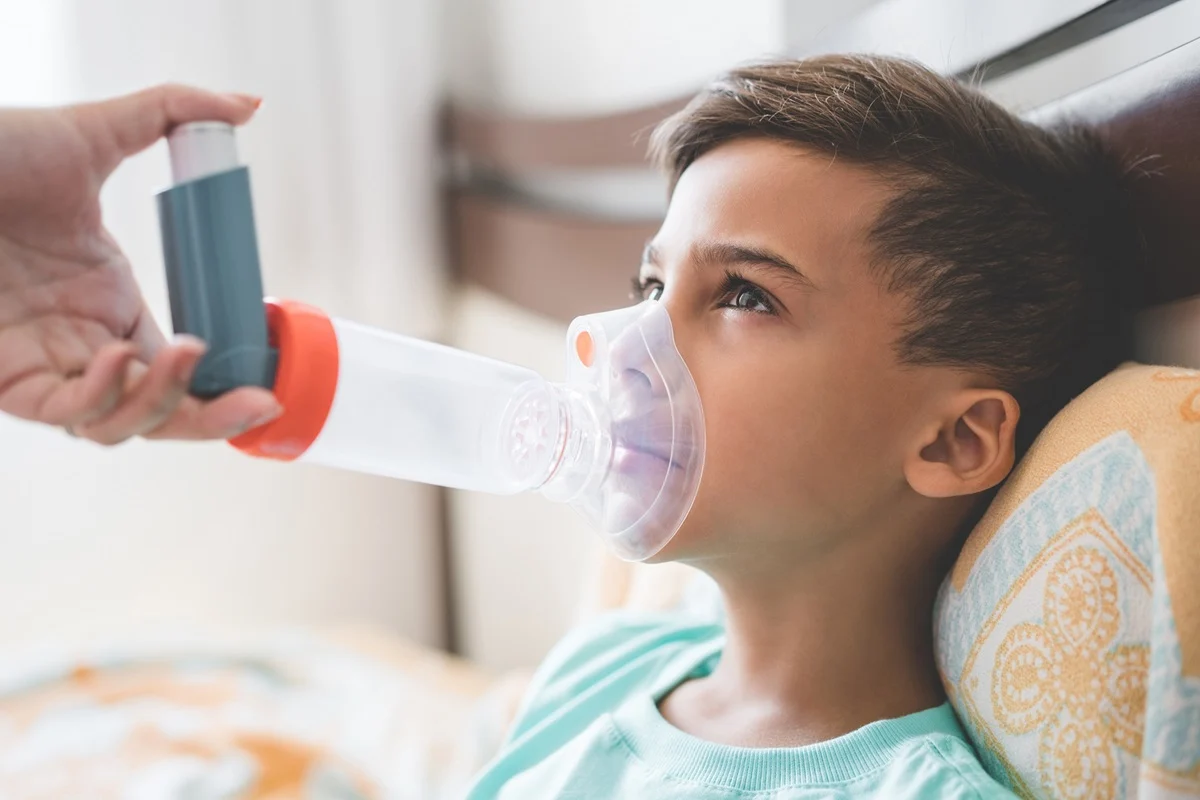Thoracic Spinal Subluxation: The Hidden Culprit Behind Chronic Breathing Difficulties How a Misaligned Mid-Back Could Be the Missing Diagnosis in Persistent Dyspnoea
- Dr Rakesh VG
- Jul 28
- 4 min read
By Dr Rakesh Ayureshmi, Ayureshmi Ayurveda Wellness Centre, Kollam, Kerala, India
Is It Really Asthma… or a Misaligned Spine?
You’ve tried inhalers, steroids, breathing exercises, and endless tests — yet your breathlessness persists. What if the cause of your chronic dyspnoea isn’t your lungs, but your spine? Thoracic spinal subluxation — often overlooked by modern diagnostics — may be silently restricting your chest expansion and lung capacity. It’s time to breathe differently, by thinking differently.
The Hidden Link Between the Spine and Your Breath
Chronic breathlessness, medically termed dyspnoea, affects millions worldwide. While heart and lung conditions are often blamed, an increasing body of evidence — both clinical and traditional — points toward the thoracic spine as a major, yet misdiagnosed, contributor.
The thoracic spine (T1–T12) anchors the rib cage and supports pulmonary function. Even minor misalignments or subluxations in this region can reduce chest wall mobility, impinge nerve flow, and alter breathing mechanics. In Ayurvedic and chiropractic practice, we observe this pattern routinely: patients with unresolved dyspnoea often carry undiagnosed postural distortions or vertebral fixations.
Why the Mid-Back Matters in Every Breath
1. The Thoracic Spine: Gateway of the Breath
The thoracic vertebrae are connected to each rib via costovertebral joints. These ribs, in turn, form the framework of the lungs. If any vertebrae are subluxated — that is, subtly out of alignment and functionally restricted — the corresponding ribs can lose mobility. This restricts the natural rise and fall of the chest during inhalation.
As per a 2018 study published in the Journal of Manipulative and Physiological Therapeutics, thoracic spinal manipulation significantly improved respiratory muscle strength in healthy subjects, suggesting a biomechanical relationship between spinal mobility and pulmonary function .
2. Nerve Supply and Pranic Flow
In both modern neurology and Ayurvedic philosophy, nerve conduction and energy flow are essential for organ function. The thoracic spine houses the sympathetic chain ganglia, which modulate bronchodilation and respiration. Compression or irritation here can result in autonomic dysregulation, manifesting as unexplained shortness of breath, anxiety, or even panic.
Ayurveda’s concept of Prana Vata — governing breath and mental clarity — originates in the Urasthaana (thoracic region). When prana is blocked by structural impediments (e.g., a subluxated vertebra or muscular spasm), symptoms such as shallow breathing, fatigue, and restlessness arise.
3. Misdiagnosis: The Missing X-Factor
Standard respiratory assessments rarely consider spinal alignment. Patients with thoracic subluxations are often misdiagnosed with mild asthma, anxiety, or idiopathic dyspnoea, leading to years of ineffective treatment.
Case reports from chiropractic and integrative clinics consistently show improvement in respiratory symptoms following thoracic adjustments and myofascial release. One such example is a 2021 clinical case study in Cureus, where a 35-year-old with chronic dyspnoea unresponsive to pulmonary medications recovered significantly after targeted thoracic spinal manipulations .
What Ayurveda and Marma Therapy Say
1. The Urasthaana and Agni Connection
According to Ayurveda, the Urasthaana (chest region) is the seat of Prana Vata and Sadhaka Pitta— energies responsible for respiration, mental clarity, and emotional balance. Disturbances here not only affect breathing but also cause psychosomatic symptoms like anxiety and palpitations.
Additionally, when the spine misaligns, the Agni (digestive fire) is also impaired due to poor nerve signaling and stress-induced hormonal imbalances. As per the Ashtanga Hridaya, proper Agni is required for Pranavaha Srotas (respiratory channels) to function optimally. A stagnant spine leads to stagnant life-force.
2. Marma Points of the Thoracic Region
Marma therapy identifies vital energy points along the spine such as Hridaya Marma (at the cardiac plexus) and Stanamoola Marma (below the chest). These marma points, when blocked due to postural stress or trauma, can restrict both pranic flow and physical movement. Stimulating them via specific pressure techniques, combined with spinal corrections, releases the thoracic cage and revives diaphragmatic function.
Breathing Freely Again: The Integrative Approach
1. Chiropractic and Marma Integration
A combination of chiropractic thoracic adjustments, marma therapy, and Ayurvedic rejuvenation can restore spinal integrity and breath capacity. At Ayureshmi Ayurveda , we’ve seen hundreds of patients with unrelenting dyspnoea reclaim their health through this integrated approach.
2. Pranayama and Posture Correction
Simple yet powerful breathing techniques such as Anulom-Vilom and Bhastrika, when practiced after spinal alignment, amplify respiratory efficiency. Additionally, yoga asanas that open the thoracic region—like Bhujangasana, Matsyasana, and Ustrasana—help maintain long-term flexibility and alignment.
3. Herbal and Rasayana Support
Medhya rasayanas and deepan-pachana herbs can support both Agni and respiratory vitality. These formulations help reduce stress-induced inflammation and improve the oxygen-absorption matrix at the tissue level.
Conclusion: It’s Time to Rethink Breathlessness
Breathing is not just a pulmonary act — it's a spinal event. Thoracic subluxation may very well be the unseen villain in your battle with chronic dyspnoea. By correcting spinal misalignments, activating pranic pathways, and supporting the body holistically, we don’t just treat symptoms — we revive the rhythm of life itself.
If you or someone you know is living with unexplained breathlessness, don’t just treat the lungs — check the spine.
Could your chronic breathlessness be a SPINAL issue?
Discover the shocking link between thoracic spine misalignment and dyspnoea — and how Ayurvedic-chiropractic therapy can help you breathe fully again. #BreatheDeeplyLiveFully




Comments